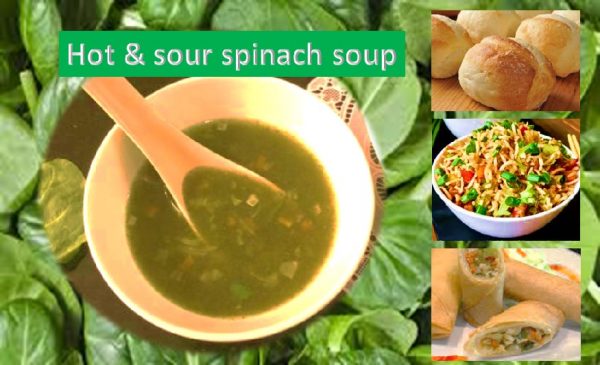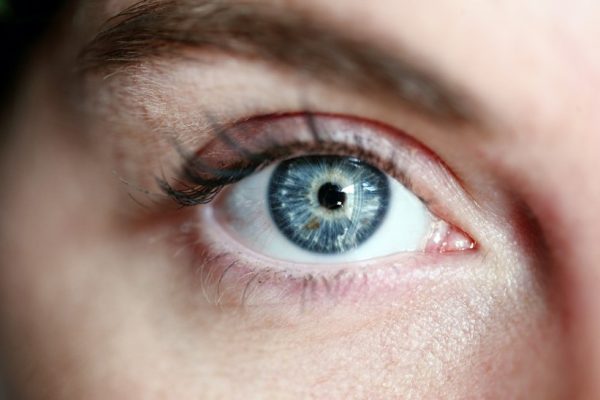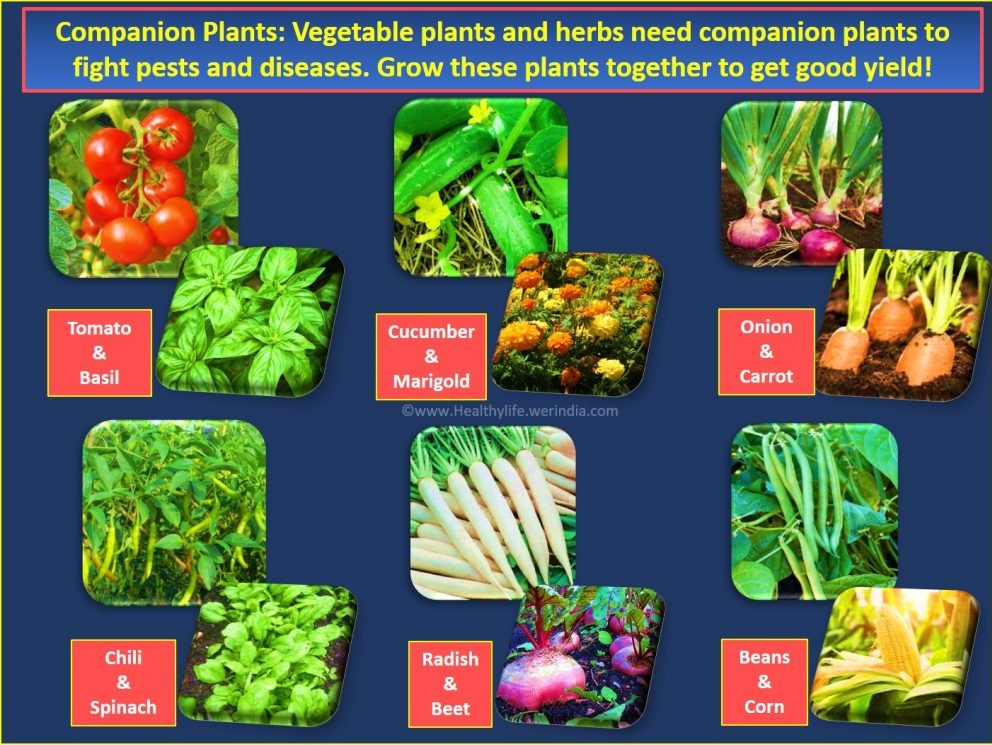Selma Blair actress who is known for her roles in Legally Blond, Cruel intentions recently appeared on a TV show and opened about her condition- multiple sclerosis (MS). Last year in August after seeing a doctor for what she thought was pinched nerve, Blair diagnosed with MS. After her appearance in Oscar’s Vanity Fair after party with cane in hand to support, 46-year-old actress gave an interview on Good Morning America and spoke about her diagnosis for the first time.
Selma expressed how the chronic condition MS has changed her
life. As she said in the interview, after her son’s birth she struggled to get
doctor’s serious attention on her symptoms. After her diagnosis last year, doctors
found 20 different MS related lesions in brain. The diagnosis gave her some
relief – she said. What she initially thought her condition is a pinched nerve
and her good friend Elizabeth Berkley urged her to see neurologist. MRI check
up revealed lesions in her system.
Multiple sclerosis is an incurable disease of central nervous system. It affects how the brain and body communicate. MS is an abnormal response of the immune system, is directed against the central nervous system (CNS) which is made of brain, optic nerves and spinal cord. In CNS immune system causes inflammation that damages myelin fatty substance that insulated nerve fibers and nerve fibers themselves. It also affects those cells that make myelin.
The damage in CNS produces varieties of neurological symptoms that will vary among people based on the severity and type of MS. Those damaged areas develop scar tissue and hence the name multiple areas of scarring or multiple sclerosis. The cause of MS is not known and believed to be hereditary, abnormalities in immune system and environmental factors. As per National Multiple Sclerosis Society , an estimated 2.3 million people are living with MS worldwide.
Early symptoms of MS are like common disorders like sprain,
strain or nerve pinches. The difference between the two are – symptoms related
to MS does not resolve and should be treated. Sometimes doctors can misdiagnose
MS condition with other common disorders. In Salma’s case, the disease took
almost 15 years to diagnose.
Symptoms of MS: Fatigue, tiredness, tingling, weakness, vision problem, bowel problem, pain in the body, depression, difficulty in moving/walking and feelings of stiffness. Sometimes the symptom can get worse or flare up with new ones. These flares can last few days and cause new damages because of inflammation. These flareups can look like stroke with numbness, weakness, lack of coordination, instability.
There is no cure for MS. But the disease can be managed to
slow down the progression. According to National MS society managing MS is an
ongoing process, beginning with the very first symptoms and continuing throughout
the disease course. Physical therapy, attention to quality of life, wellness
and health are effective way to slow down the progression.
As for Selma, she is creating awareness about MS in various ways. She found a friend in Michael J Fox of ‘Back to the Future” fame, who is also suffering from MS from past many years. Fox guided and helping Selma with his knowledge about MS. Blair recently shared her first makeup tutorial to highlight that her “fine motor skills are not fine at this moment.” Her mobility issue is making it difficult to apply the products properly on face. Instagram of Blair on tutorial says “MS People: Brush. Big. Bronzer. There. Done. Stop. Bye”! Blair is also talking about her struggle with spasmodic dysphonia, a disorder associated with MS makes a person speaking difficult.
For more on MS:
https://www.nationalmssociety.org
https://www.womenshealthmag.com
https://www.prevention.com









